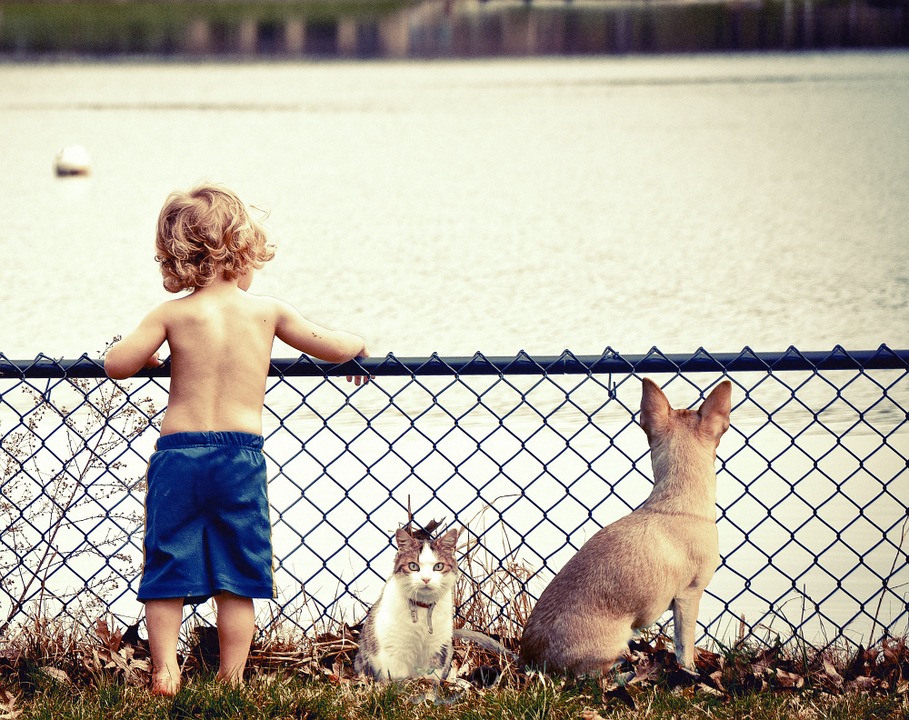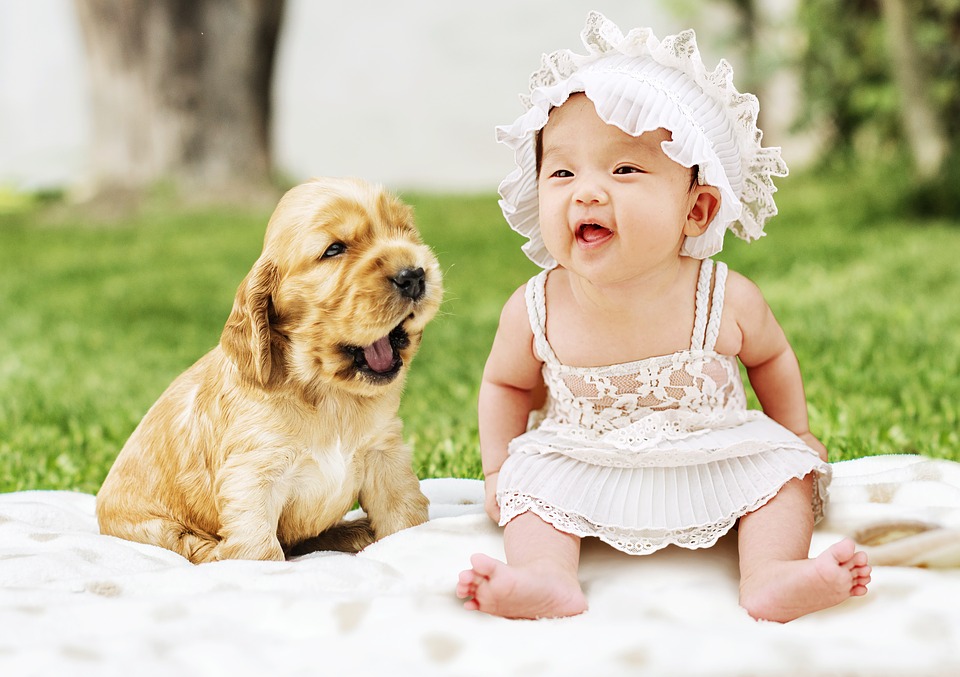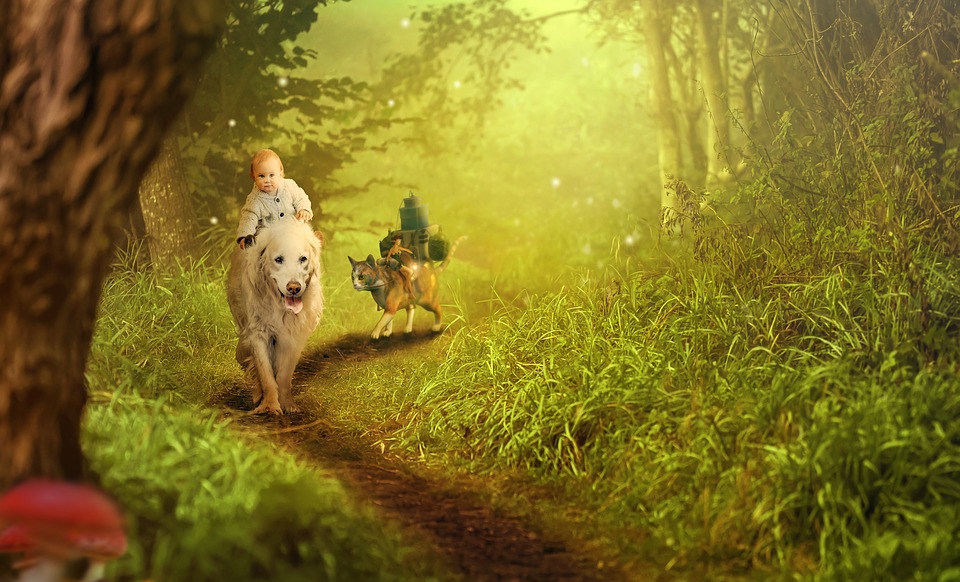
Here we are heading into a bright, shiny new year- nay, new decade! If you and your family are feeling the newness, you may find yourselves taking on all sorts of exciting opportunities. Maybe you have room for a new addition to the family? A furry new tail-wagging, bone-chewing, puppy-eyeing addition? And maybe you have already found the new love of your lives. . .
There’s so many benefits to having animals around, specifically dogs. These include but are by no means limited to: improved heart health, decreased stress (measurable in the brain), better physical fitness (with benefits that only increase with time), and better sociability especially in children!
With all these amazing discoveries, and a mega dose of the warm and fuzzies that comes from the excitement of a new pet, it’s no wonder that there are almost 90 million dogs owned in the United States (as of 2017).
That’s 85 million people with dogs; 67% of all U.S. households. Dogs look to be man, woman, and child’s best friends indeed. And historically, this is a relatively new trend with the amount of dog ownership up 56% since 1988!
What this means is that the generation of parents (or grandparents!) and their little ones are likely new pet owners or if they are not new pet owners, still learning a lot (especially since things have changed radically since the late 1980s).
Before you adopt or buy, it is likely that you’ve done a ton of homework on everything from pet insurance (yeah, those vet bills are as much as any medical bill!), to breeds you’re most interested in, to where to adopt or purchase from (and where to avoid) and everything in between.
In your education, you probably also have read- and it’s important- that in families, it’s critical that dogs and children- especially very young children- never be left alone together.
So we’re here to help where your research has left off with that, so that you can create your space in a way that suits everyone, you can prepare yourself and your whole family, and your dog can thrive as s/he learns that s/he is home at last.

Here’s how to bring the New Love into your home seamlessly!
Decisions, decisions!
Make the big decisions before bringing your fluffy bundle home. Where will puppy sleep? What will puppy eat? Who has which responsibilities (e.g. morning feed, evening feed, water bowl checks, daily walks, buying toys) and when? What’s the general policy on treats? And of course keep vet information handy, and it doesn’t hurt to have a dog sitter in mind for when the rest of the family is headed out. Toddlers love to be helpful with food, water, and playtime- so consider having areas for these be in places that are mess-friendly (e.g. the garage, laundry room, or outside on a patio). It will pay off if your child(ren) are the ones to feed Fido from day one, they’re likely to continue that role through their childhood!
The Talk.
The week or so leading up to pup, brief your little ones! Do some reading (we love this list of 21 books) and talk actively about the new dog and them and all of you together. It also will help for the child(ren) to set up your new pup’s place bed/crate about a week before the big day. Use this time also to lay the ground rules (though it will require practice, hearing it verbally and regularly will help the transition) about when your dog eats/sleeps. Talk about how this is their time to be alone and that they will rejoin the family activities when they are ready, but that no one approaches the dog in those two times.
Practice makes perfect
This you have probably been doing- but it’s worth checking in- familiarize your child(ren) with how to interact with animals, especially dogs similar to the one you’ll be bringing home. This can be at the park or with the dogs of your neighbors, friends, and relatives. Practice with the commands you will be teaching your dog, and practice appropriate behaviors like always letting the dog approach first, remaining (as) calm (as possible), very gentle petting, etc. Again, the more interactions your child(ren) has/have, the more successful your introduction will be- because the first thing your new dog will want to do is check out (e.g. smell!) his/her new humans, so the more familiar of an experience this is for the little one(s), the better!
Just a brief FYI as an aside, because this is a bit counterintuitive but the reasoning makes a lot of sense, it’s recommended that in the first meeting between dog and toddler(s) that toys and treats are NOT used. This one isn’t one of those common sense things, but the logic is that first and foremost a completely gentle dog may snatch a treat too roughly from little hands and secondly, toys and treats are stimulants to the dog so they will automatically become more excitable (and/or territorial) where the first meeting should have something of a neutral and gentle (as much as possible) tone!
Busy busy.
So now you’ve brought your puppy home and your house and heart are fuller than ever! Congratulations, and while it can be a little bit chaotic (don’t you wish you had an extra arm or two?), with your preparation you should be feeling pretty good! The key to keeping pups (and toddlers) out of trouble as you know is keeping them busy- so play the days away! You may find a little more time outside (especially in the backyard if you have one) is beneficial in the first few weeks of everyone getting used to each other. If you’re inside a lot, then make sure to maintain your consistency and spend as much time as possible getting everyone acquainted with each other and the new space(s).
Clarity is Key
Now that you have the frenetic first few days under your belt, you probably can focus a bit on spending time with your expanded family! It is important in this time to establish mutual respect, so be clear with the commands you teach your dog and encourage the same clarity from your child(ren) even though at first this may be foreign to them. The other big part about clarity and establishing respect/learning the rules is that dogs and children alike respond best to positive reinforcement. So with that in mind, remind both your new pup and your toddler(s) how great they’re doing- and remind them often! They will feed off the encouragement you give and this will also help you to keep track of how well they are doing on days when it may feel overwhelming to have so much going on.
Give me a break
Just like people, dogs can grow tired of being around overwhelming persons (and vice versa!). Use nap time or solo time with your toddler(s) wisely to allow pup to regroup, and consider using their crate/space as a “safe space” where you can supervise potential wanderers. Another good use of breaking up the space is to use baby gates (if that was part of your prep or already part of your home). This may also give you a few extra minutes to not worry about where the dog and where the toddler(s) are! So experiment with space when it seems “enough is enough” on anyone’s end!
The broken record
It bears repeating. “It” being all the new rules in place for both your toddler(s) and dog! It may feel like the broken record act is going nowhere, but give the consistency some time to fit into larger routines, which fit into a few seasons together, and you will be amazed how quickly your brilliant pup is potty trained and how easily your littlest become fast and lifelong friends. Plan on the whole transition taking 6 months. Then, you’ll be surprised that it actually takes 3. Or 1.

YOU DID IT!
Your smallest ones are potty trained and ready to go now right? Well. . . Mostly anyway. It’s a good thing they’re all so cute!
We hope you enjoyed these tips and are feeling great about your new addition. Remember to be honest if something isn’t working for you, and keep in contact with the organization/individual you receive your dog from so they can help you troubleshoot or if there’s a real issue that they can help you re-home your dog.
The better communication you have along the whole way, the better the transition will go. Enjoy the process, it’s a bit of a learning curve, but is there anything as heart-warming as your family’s newest and littlest running around all floppy-eared and giggled out? We didn’t think so!
